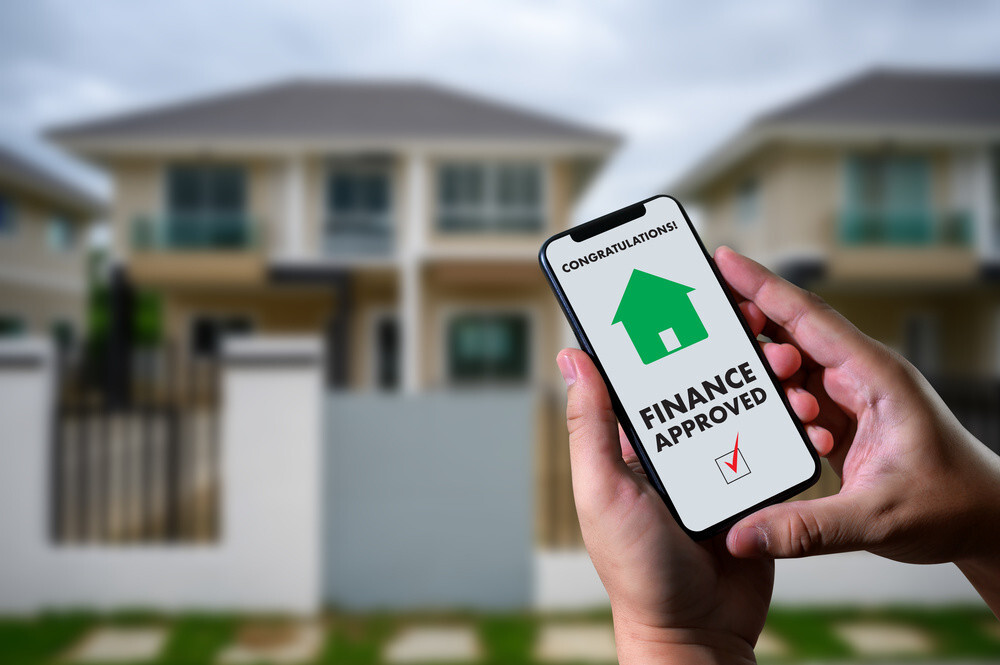You want to buy a new car, a new kitchen, a property or something else and take out a loan for it? Then you should consider the following tips and hints to successfully get a
.
The conclusion of a loan or loan is not something that should be done by the way. Rather, it is important and sensible to be careful when planning the loan and choosing the financing partner.
If you follow the following twelve instructions and follow them carefully, you have a good chance to receive your personal credit.
- Check the need
Seven million Americans took out a loan in 2018. The vast majority of loans (more than 90 percent) were duly repaid. Nevertheless, there were almost 115,000 personal bankruptcies in America in 2014 alone.
In any case, you should thoroughly consider whether you really want to take out a loan or whether giving up is sometimes the better option. For example, borrowing a new car that you need to get to work may be reasonable and proper, but instead of financing a vacation or a new stereo system, saving money earlier may well be the more reasonable way to fulfill your wish.
- Check your requirements
To get a loan from a reputable provider, you must
- Have a residence in US,
- To be of age and
- To receive a regular income.
In addition, your credit rating and possible collateral play an important role in lending.
- Calculate the exact financing requirement
Carefully check how expensive your project will be and what resources (e.g. savings) you can use. Basically, more is less here. Do not expect your credit needs down nicely; otherwise you will end up with expensive re-financing.
- Get a first market overview
Find out what the current market rates for loans are for a short online search usually sufficient. You need this information in order to be able to realistically view the following points. It also online comparisons portals can be have help.
- Determine your monthly exercise capacity
Loans need to be repaid, which means in the future interest and principal payments will be due. Therefore, carefully check what your monthly income is and what you can actually afford. You should always plan for a safety reserve. Depending on the family situation, you should also create two to four net monthly salaries as a liquidity reserve in a call money account, which you can access at any time. If your income is volatile, make sure that the monthly rate is not too high.
- Decide on a reasonable duration
Loan amount, monthly installment and repayment period must match. The higher the term of a loan, the lower the monthly installment payment, but the more interest accrued. So think carefully about when you want to repay your loan. In general, at the latest with the entry into the retirement one should have no more debts?
- Are special repayments possible?
Special repayments are a good way to repay a personal loan faster and thus be faster debt-free. You also save interest with special repayments. In principle, you should be able to repay at least five percent of the loan or loan amount annually.
- Which fixed interest period is the best?
The fixed interest period is the time in which the interest rate for a loan is fixed at a constant level. Especially in times of low interest rates, it is advisable to fix the interest rate as long as possible. Especially in the current low interest rate phase, very long fixed interest periods of 15 or 20 years make perfect sense.
If interest rates are ten or more years lower than they are today, you can even repay them at no extra cost. The legislator has determined that you can get out of a fixed interest loan after ten years without the bank being able to charge a prepayment penalty.
- Choose the appropriate loan form
Mortgage loans have comparatively low interest rates, but flexibility in repayment is limited. In addition, there are additional charges for the registration of land charges. Installment loans are usually more expensive, but no collateral is required, and special repayments can be made either at no extra cost or at a low cost. Overall, installment loans are often cheaper if the amount of funding is less than $ 50,000.
- Check if subsidies are available
There are low-interest loans for the financing of certain construction measures, such as energy-efficient renovations or the age-appropriate conversion of one’s own home. Also at the level of the federal states there are such support programs, e.g. for young families with a certain fixed maximum income. Check if you are eligible and incorporate such funding into your funding if possible.
- Make clear guidelines when soliciting offers
If you want to receive objectively comparable offers, you must make the possible lenders clear from the outset. Your requests should therefore contain identical data in terms of equity, loan amount, repayment amount, fixed interest period and special repayment options.
The Last word
First, check whether the offers actually meet your requirements. Then compare the effective interest rate and opt for the bank that can best offer you your preferred loan. In the case of follow-up financing, it may be useful to extend the existing bank to save additional fees for the change. If the offer of your previous bank is too bad, be sure to negotiate again before you decide on another institution.







































